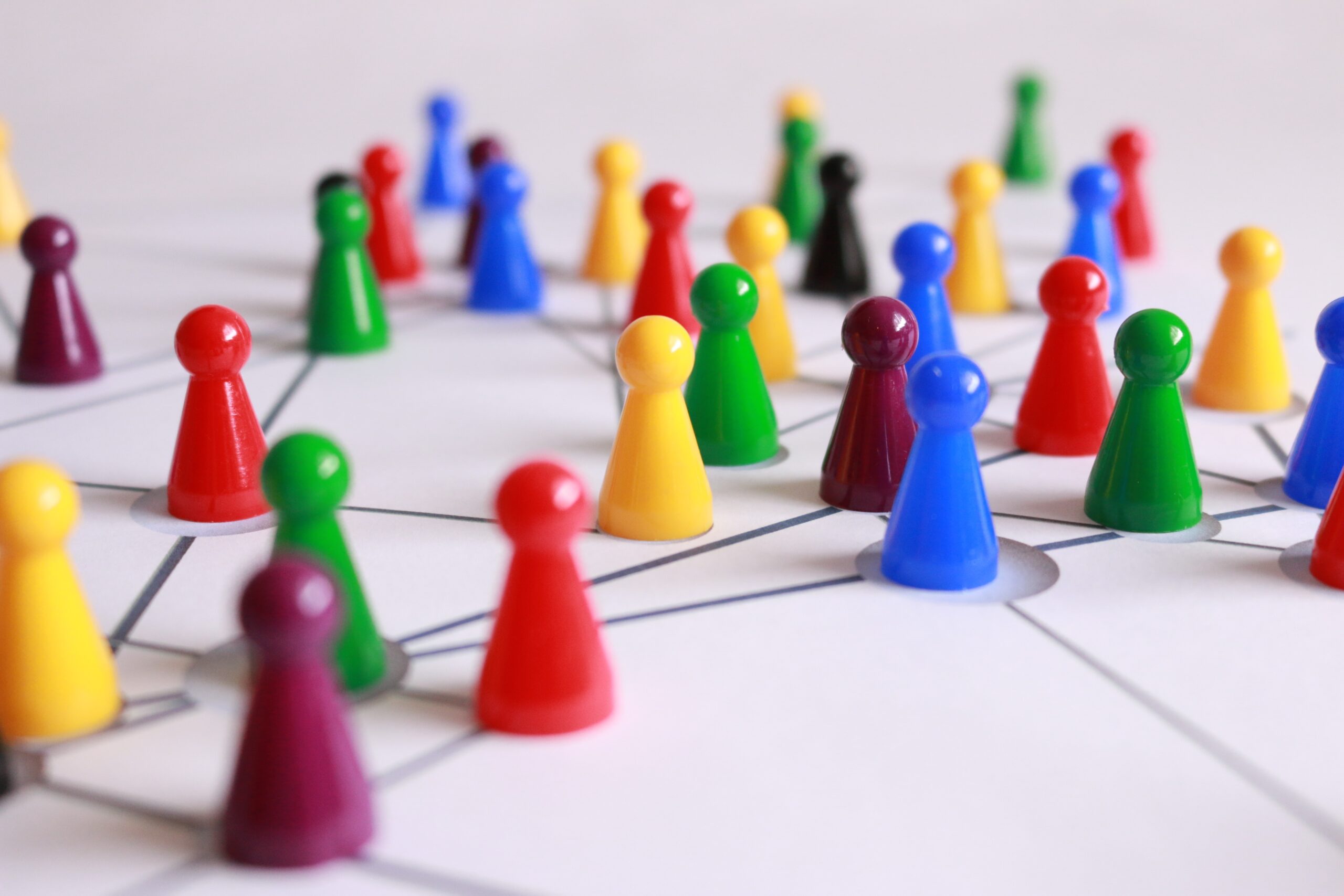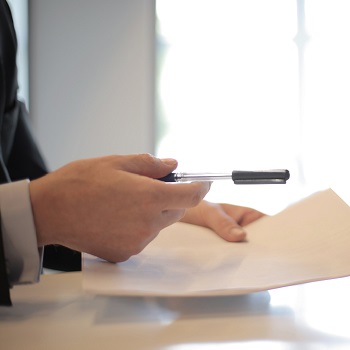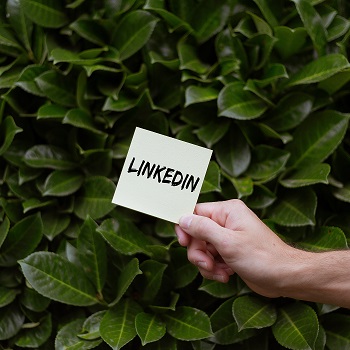What makes a good contact on LinkedIn? Part I - Finding contacts
 As in most social networks, LinkedIn now looks at the size of the personal network – below the 500+ in the profile, the network does not seem complete. In fact, especially in business networking, quality trumps quantity. So what makes a good contact on LinkedIn?
As in most social networks, LinkedIn now looks at the size of the personal network – below the 500+ in the profile, the network does not seem complete. In fact, especially in business networking, quality trumps quantity. So what makes a good contact on LinkedIn?
Connect with Stefanie Soehnchen on LinkedIn.
First, we look at the criteria according to which a networking request can be sent or also accepted – if one wants to be selective. The advantage of selectively accepting contacts, by the way, is that experience shows that the engagement rate is higher because the contacts are closer to the person or persons concerned and thus have a personal connection.
Criteria for selectively expanding your own network on LinkedIn
Activity – According to Jakob Nielsen, 90% of users on the web only passively listen, 9% sometimes check in with interaction on the screen, and just 1% are responsible for the majority of all engagement present.
It is precisely this one percent with its commitment to a suitable topic that we naturally want to have in our network. In this group are people who like to discuss and become visible through contributions in a subject area that is attractive to us. This suggests that exactly these people would probably also like to respond to our own discussion proposals (read: posts).
Therefore, a quick check to see whether a person regularly posts something exciting or makes relevant comments or adds a “like” can be a selection criterion for sending or accepting an invitation.
Such groups can be found, for example, with a hashtag search for the respective subject area. Perhaps they have also just contributed to one of their own or other relevant posts and can be identified through this.
Accuracy of fit – This aspect already resonates clearly above: Especially in the business context, we are looking for professional like-minded people.
While “a pinch of mainstream” also leads to a higher reach on LinkedIn, the professional exchange here in particular is of a higher quality than in any other social network. Whether energy transition, IoT, breast cancer or robotics are discussed: National and international discussion partners can be found at eye level.
Therefore, when searching, also take a brief look at the profile descriptions and check whether there is a common level in terms of content. You can mention this in a contact request, which makes networking more likely.
Existing connection – Another indication of a “good” network contact is the existing connection level.
It specifically names how many “corners” you are already networked through. Basically, this means: Who knows whom via which connection?
People with whom you are networked in the 2nd degree (an existing contact is networked with this person) could be interesting for you. In principle, it’s like passive referral marketing here: if a contact you value is networked with other relevant people, they might be exciting for you, too.
So if you find people on your list of most valuable connections who are exciting to you, network – or ask for an introduction through your existing contact.
For business-relevant communication content like this, why not sign up for our newsletter “FleishmanHillard Quarterly”, follow FleishmanHillard Germany on LinkedIn or Twitter, get to know our team on Instagram or visit our YouTube channel.
Find Out More
-
Why we tell the truth
May 23, 2022


